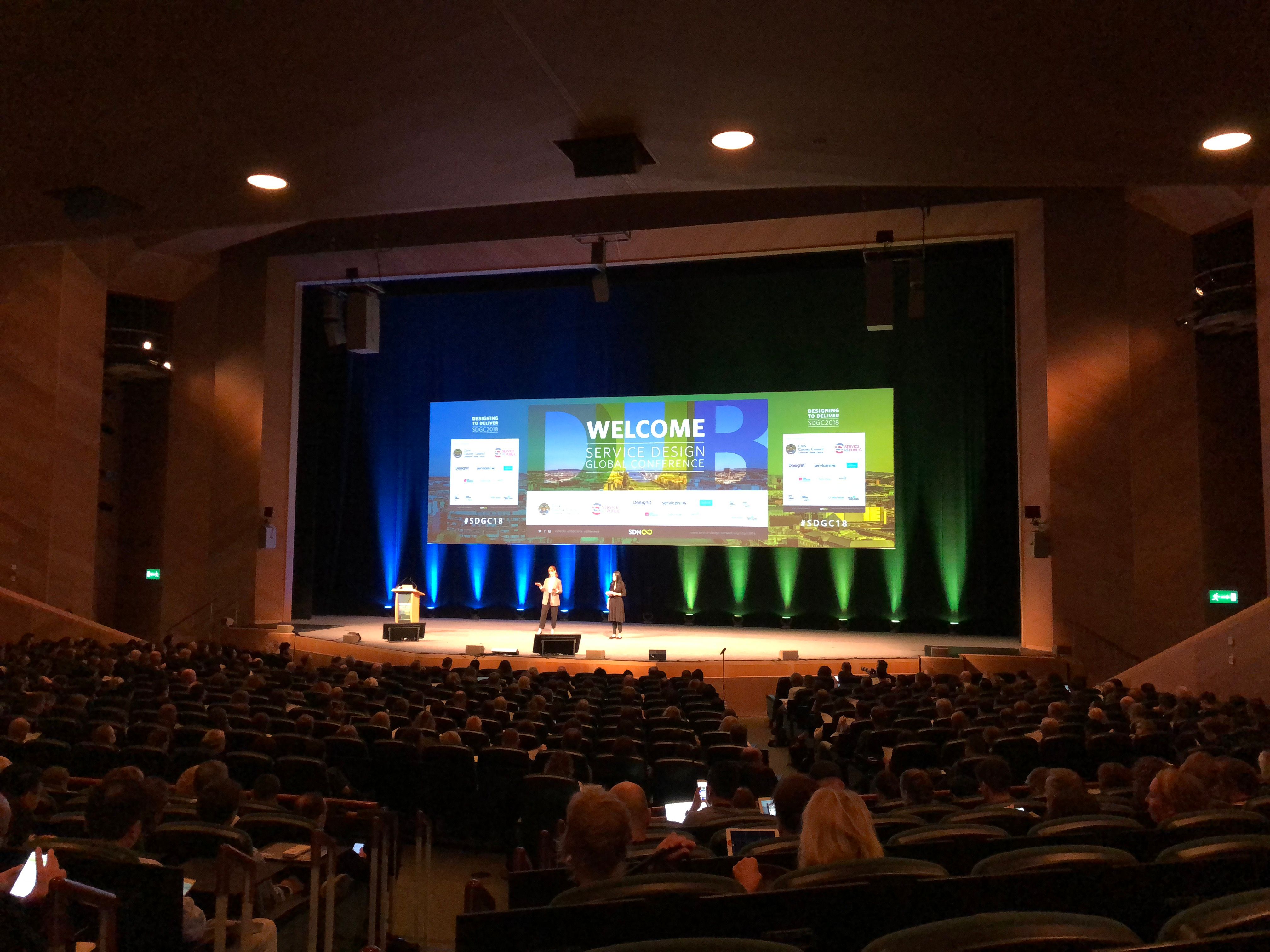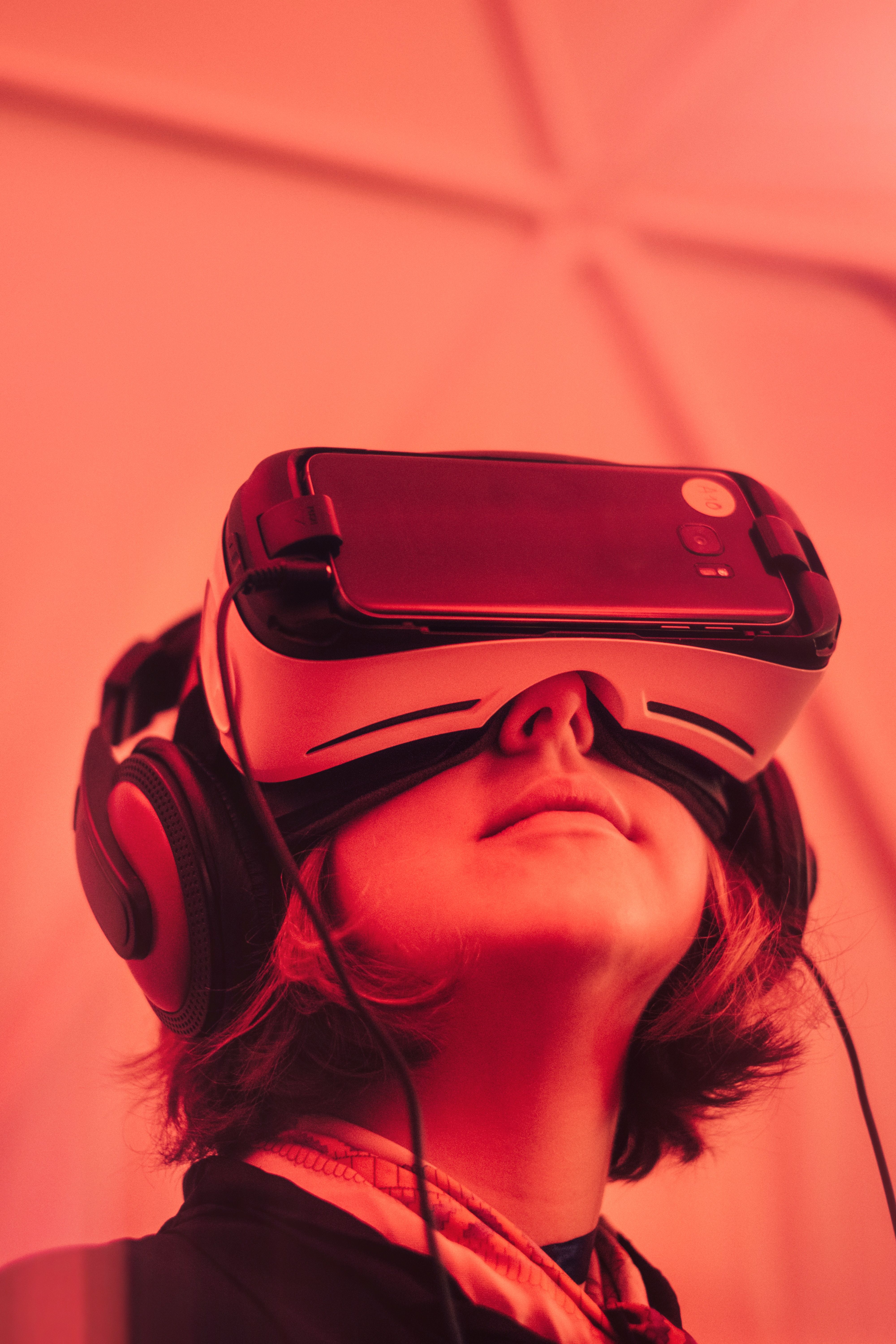Our take from Aircraft Interiors Expo 2018
Diego García
Industrial Designer

Passenger Well-Being: The Driving Force for Change
The first thing that called our attention at the expo was the importance that user experience and well-being has taken on during the last few years, and how designing each element of the cabin has become more and more significant. Although it may seem to passengers that the only thing important to airlines is cabin density, it is also true that airlines are placing an additional emphasis on offering services that differentiate themselves from competitors.
This was reflected in the activities available at the expo (e.g. workshops about the passenger experience in airplane cabins in the future) and the display of evolving design and technology that is having a great impact on all elements of the cabin. Passengers now expect more than the standards of the past. They expect a level of finishings available in other products, for example automobiles (where the standards are high, but the regulations less restrictive).
Amongst many things, we checked out GGI Solutions’ buttons that were tactile and integrated into the surface of the seats, as well as their lighting design elements that offered a variety of personalization options. Baedlight Aerospace showcased a new and more functional passenger reading lamp. Sekisui presented a collection of translucent lighting panels that would create a more “warm” cabin interior.
Materials for Every Taste
For us, the expo was an ideal place to meet with materials providers and see their newest offerings. Lantal y Rohi showed us fabrics that with a simple change of color were able to produce unique visual effects.
The finishes on show produced a more welcoming environment. Sewing and seat shapes are gaining even more importance, and there was greater use of textile materials (e.g. Lantal’s “seat pockets”) in items that used to be plastic and in seat shells (MGR Foamtex’s use of composite materials in complex geometric laminates).
In terms of plastics, SEKISUI SPI showed solutions that lit up like wood and created different pattern designs thanks to detailed textures of its KYDEX® Lumina™. Meanwhile, Boltaron had thermoplastic pieces with metal look finishing that had a realistic feel to the touch (they even felt cold!). Floor manufacturer Gerflor displayed a collection of products that imitated concrete and wood, and that work well in common areas of planes, First Class and Business Class.
With these advances, designers can propose esthetic combinations that meet strict industry regulations and are low weight.
Technology and Entertainment
In response to customer demands, airlines are investing in and have internal teams doing research (as is the case of Lufthansa Systems) in the area of entertainment and telecommunication technologies. There was an entire pavilion at the Aircraft Interiors Expo exclusively dedicated to this topic.
Passengers want an easy-to-use and fully integrated connectivity throughout the flight to enjoy their content. The trend is for them to use their own devices during the trip, and for this reason AIM Altitude has developed interesting products that keep mobile phones and tablets steady on the table while also charging them wirelessly.
There was also a great presence of technological solutions designed to reduce the latency in communication and increase the navigation speed within the airplane. Even still, there is a long way to go in terms of connectivity, integrated services, and especially, in UI/UX.
FUCAM: Solutions for the Future Asian Market
Mormedi and the FUCAM consortium showed various design possibilities for the future cabin for the Asian market. As part of the display, users could experience the future Business and Super Economy seat concepts through virtual reality glasses. Walking through the expo, it was interesting to see the variety of companies showing prototypes and materials that aligned with the proposals we made for the FUCAM Super Economy seat design.
Brands such as Sabic, DNK Carbon and Mirus, displayed carbon and composite based (as principal materials) seat concepts, that produced highly resistant and lightweight structures. Franklin Products surprised us with a tourist class seat with a mesh back support (similar to that of FUCAM) that achieved a significant reduction in weight in comparison with foam based seats. Vanema, specialists in seat fillers, presented a new technology to reduce weight and improve comfort, that is already being incorporated into Stelia”s Solstys III seat.
In addition to making new contacts with companies in the sector, the Aircraft Interiors Expo is an impressive showcase that inspires us to be up on the latest trends and continue learning to best meet our clients’ need for innovation.
We believe it’s clear to the aviation industry that there is no future without keeping passengers at the forefront, and there is a need to develop solutions not only in terms of product, but also in service and experience. Aside from the traditional personalizable elements (i.e. seats, textiles, colors), more design options are being considered for all parts of the cabin (e.g. buttons, monuments, galleys), and a much greater emphasis has been placed on services and a holistic passenger experience.
Mormedi, with our extensive experience and multi-disciplinary team, is well positioned to propose innovative design ideas that will lead to more satisfying and memorable user experiences not only in the aviation sector, but others as well.


